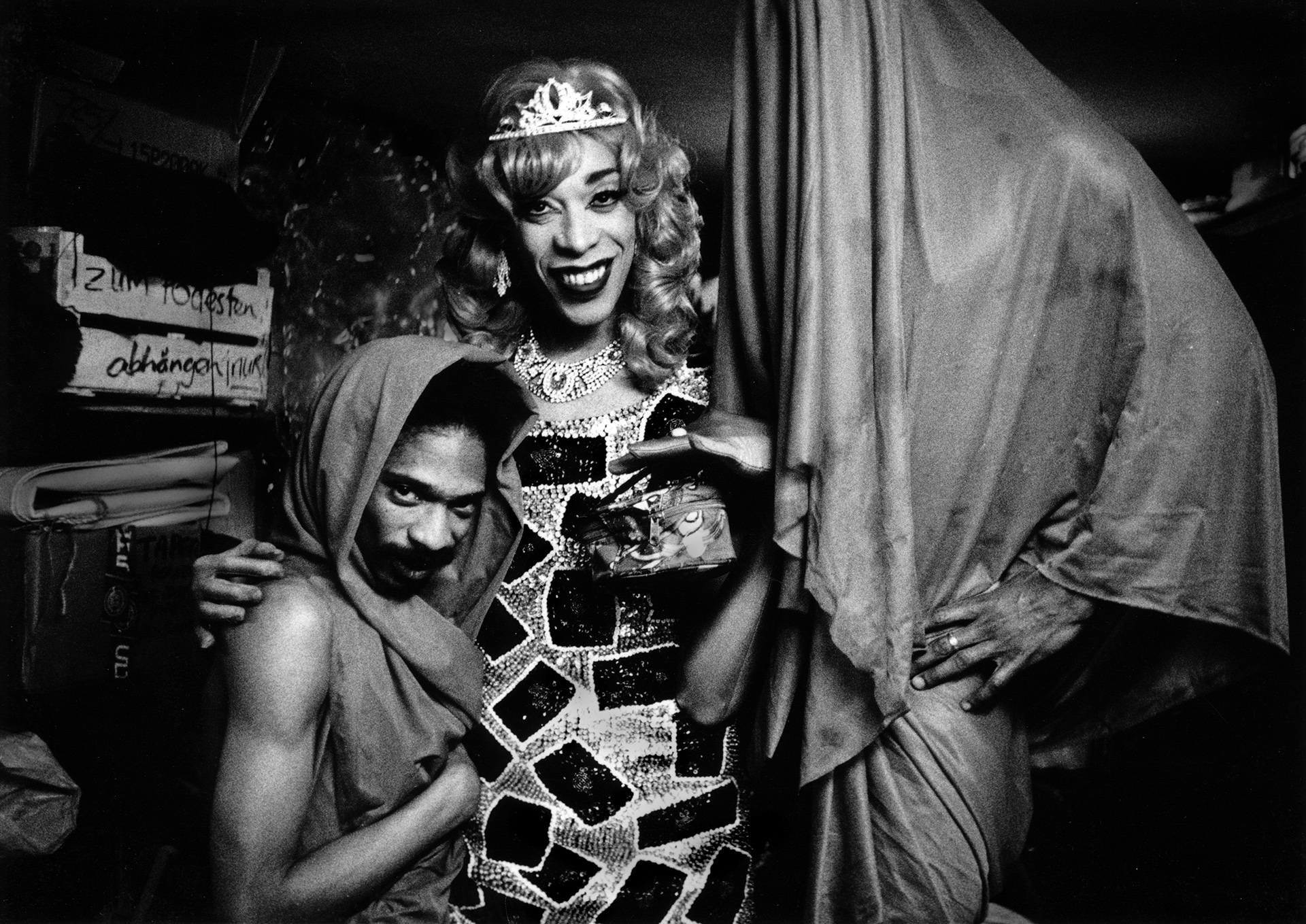
The Other Side of Image
The exhibition ‘The Other Side of Image’ of the contemporary artists Zoran Tairović (Serbia), Sead Kazanxhiu (Albania), Nihad Nino Pušija (Germany / Bosnia and Herzegovina) and artist Delaine La Bas (Great Britain) will be opened at the Svilara Cultural Station and Serbian National Theatre on 10 November and will last until 6 December.
Professional guidance through the exhibition will be held on November 12 from 4 to 5 p.m. in the hall of the Serbian National Theater.
A conversation with the artists and authors of the text in the catalog will be held on November 12 from 6 to 7 p.m. at the Svilara Cultural Station.
The exhibition focuses on the research space ‘behind the image’, with the aspiration to show concepts and creative processes from the inside, from the artistic practice and visual language of these creators, whose works are connected by a decolonising and critical approach to the art institution.
The space ‘behind the image’, which is created before the artist’s work appears, often remains hidden. That is why this exhibition focuses on that space in the works of significant representatives of the progressive Romani culture and the contemporary artistic sphere, within which their creativity was born, and their critical approach sharpened. Behind the displayed works are decades of work and commitment to a research approach that emerged from their own communities and cognitive spheres, in which and with which the artists live and work. As Zoran Tairović writes in the accompanying catalogue, in his almost manifest statement Activated signal behind the image, in support of this, the space ‘behind the image’ implies a reaction to two key words: the first is invisibility, and the second is suffering.
The ‘Tarot, Major Arcana’ opus consists of twenty-two scenes that Zoran Tairović painted, daring to recover the symbolic and allegorical language that existed before the current Eurocentric order was established. Tairović asks what is behind the Eurocentric representation and how to fight for its revision, for a different conceptual space and symbolic formations, by pointing out that the artist’s strength lies in the act of appropriation, which they themselves perform in an effort to return to Romani creativity what was given to him was taken away. In addition, Zoran’s film Šangaj Monodrome was created from a play that took place on the streets of Šangaj, including the residents of this Novi Sad neighbourhood through interaction with artists and actors. The screening of the film takes place every day as part of the exhibition The Other Side of Image at the Svilara Cultural Station.
On the other hand, ‘Nests’ tell the story of the intervention that artist Sead Kazanxhiu performed on the façade of the Museum Fridericianum, as part of Documente 15 in Kassel. Although Sead’s oversized swallow’s nests can be experienced as a simple artistic metaphor, they are more than that, because they problematise institutional discrimination, while emphasizing hospitality, inextricably linked to the Roma origin.
Artist Delaine Le Bas urges us to beware of linguistic engineering, emphasising the intersectional approach she adopts by exploring responses through visual forms of protest, irony, and affirmation of linguistic and visual idioms. Language is a key preoccupation for this artist, as much for her own identity’s sake as for Brexit and the pandemic, in which Delaine sees an intensification of divisive and exclusionary tactics, where language is used to lock us in and shut us out.
After arriving in Germany from his native Sarajevo, Nihad Nino Pušija followed the fates of Roma refugees for decades, both in Berlin and in the former Yugoslavia. That is when the moving portraits of people with the status of ‘tolerable’ in Germany and photos of refugee accommodation, ghettoization, Roma settlements in Western Europe and the deportation of Roma into an uncertain future, were mostly created.
In its entirety, ‘The Other Side of Image’ exhibition
As a whole, the exhibition ‘The Other Side of Image’ aims to build a much-needed space of reflection and to present a conversation between the creators themselves, artists, curators and authors of the texts in the catalogue, in the hope that the open space will serve as a solid basis for different artistic and thoughtful aspirations. As part of the exhibition, discussions about artworks will also be held, including guided tours with the authors and writers of texts in the catalogue such as Suzana Milevska, Matthias Reichelt and Christine Eyene, as well as with the curator Vladan Jeremić.
Photo: Nihad Nino Pušija, ‘Queen Kenny with two go-go dancers, Black Gay Night at SO36’, Berlin-Kreuzberg, 1996.